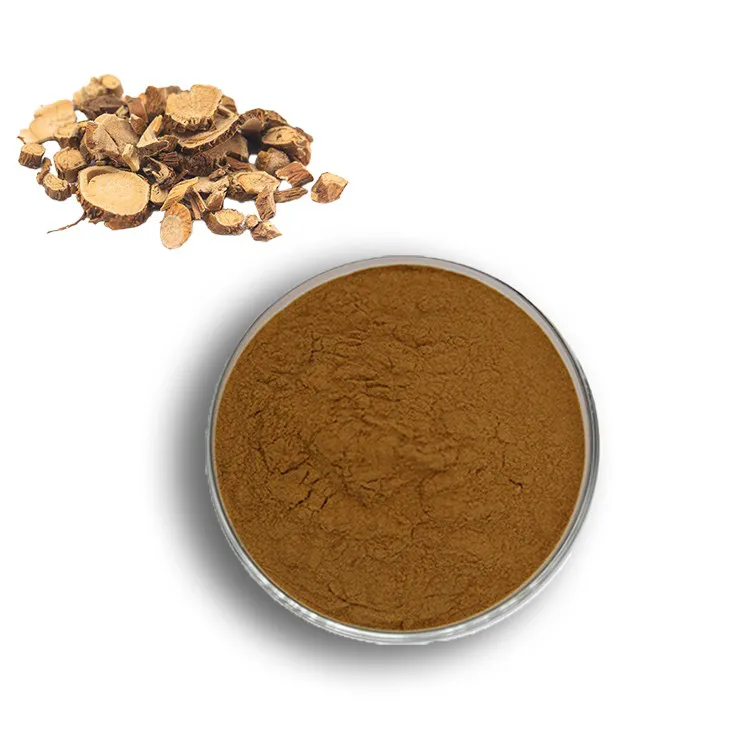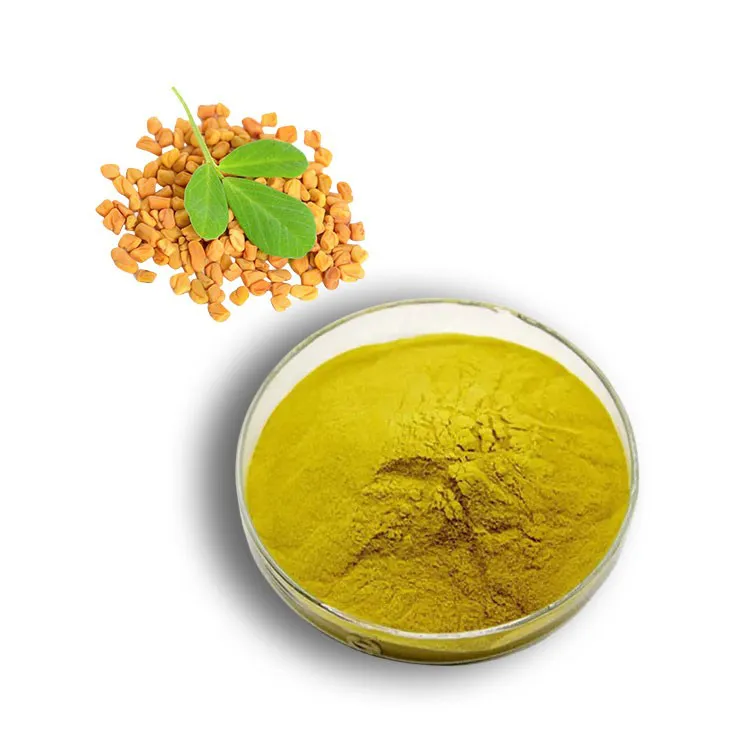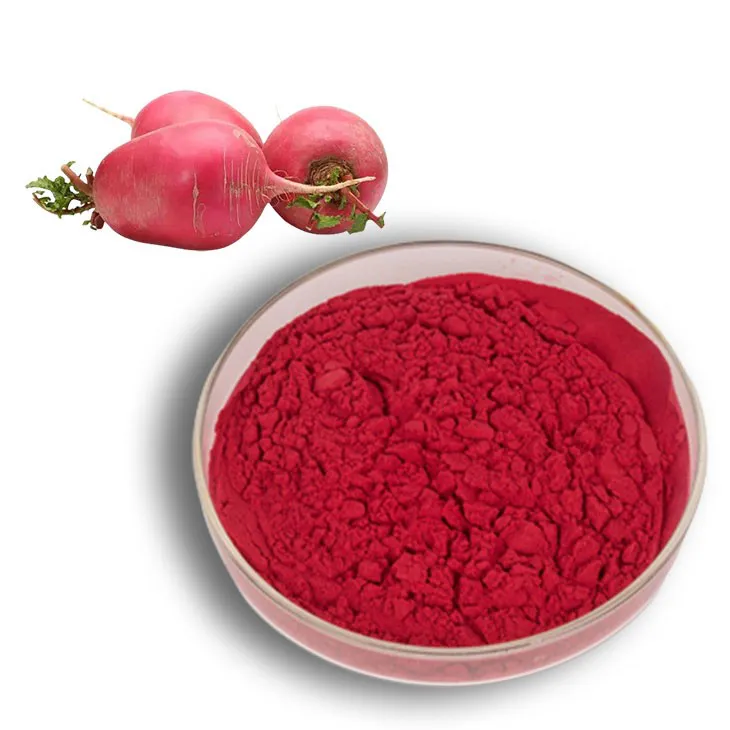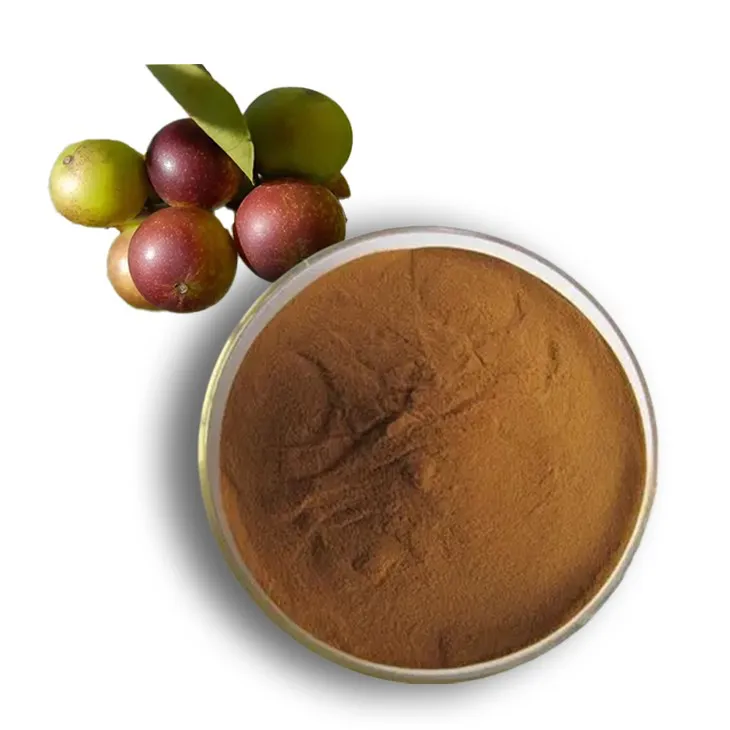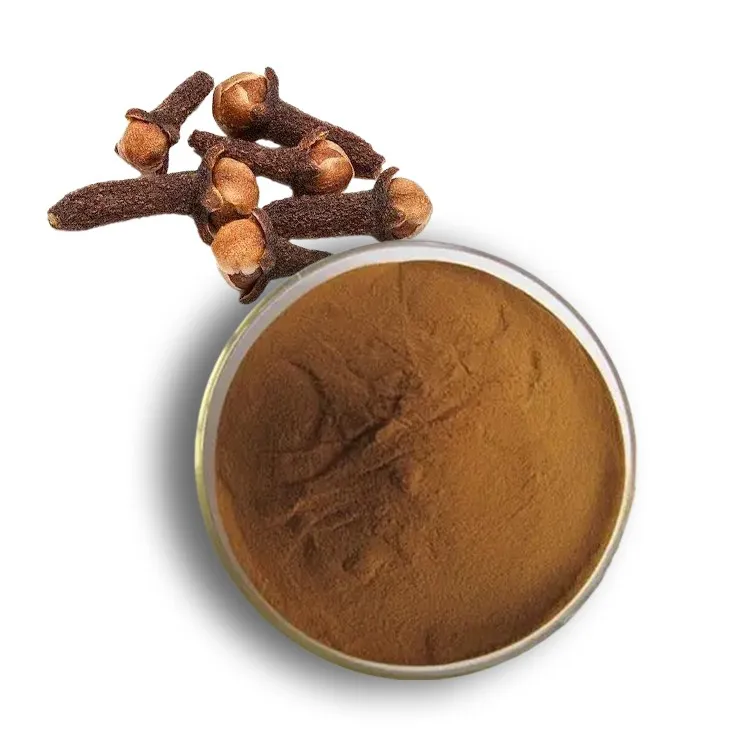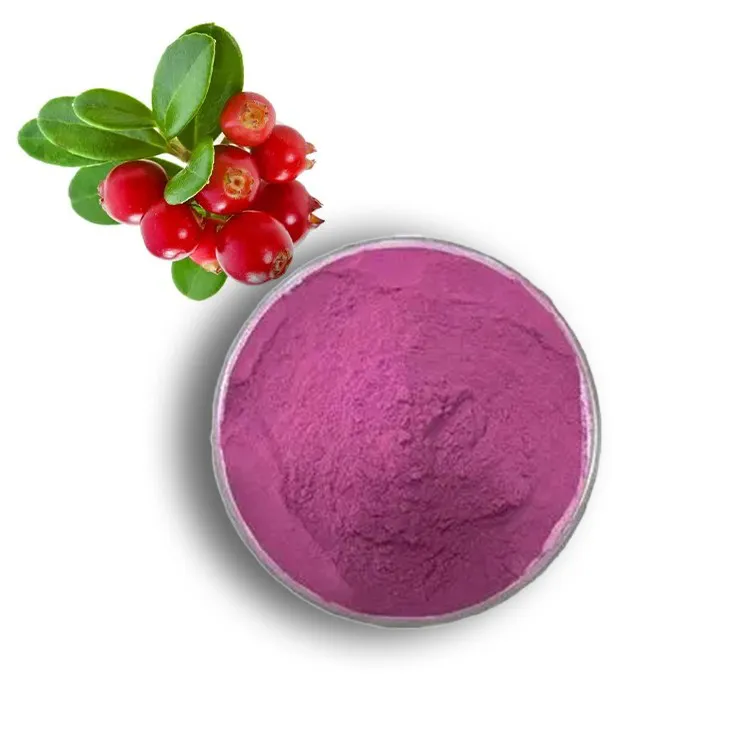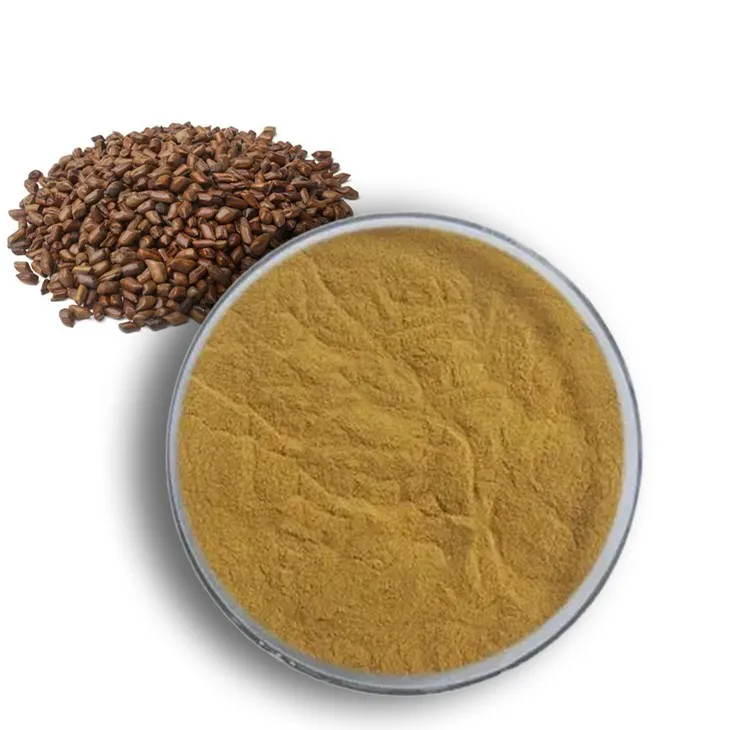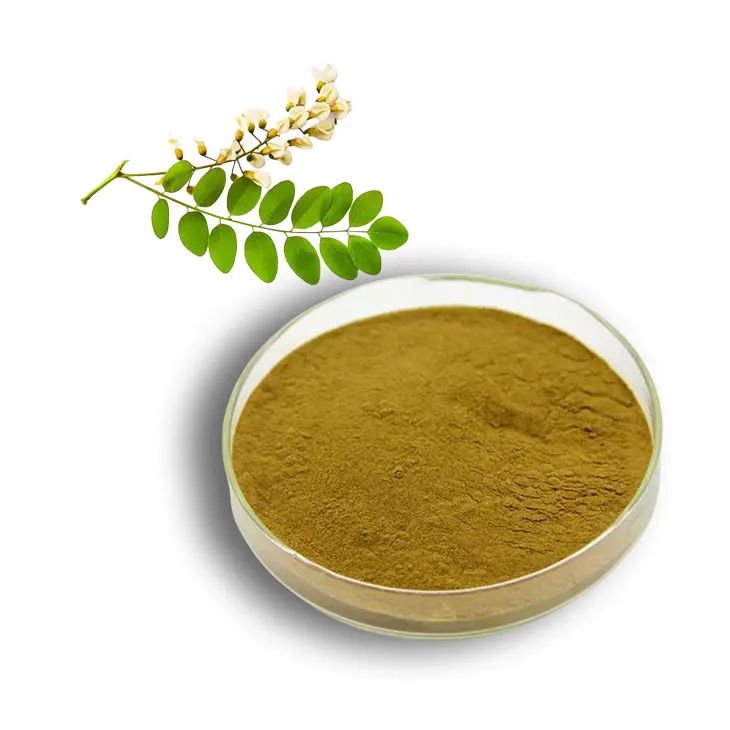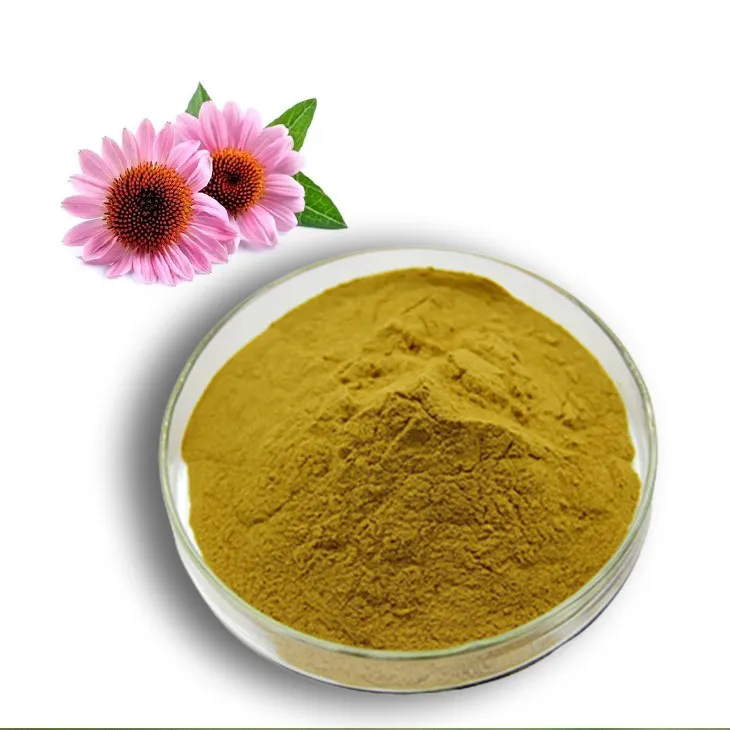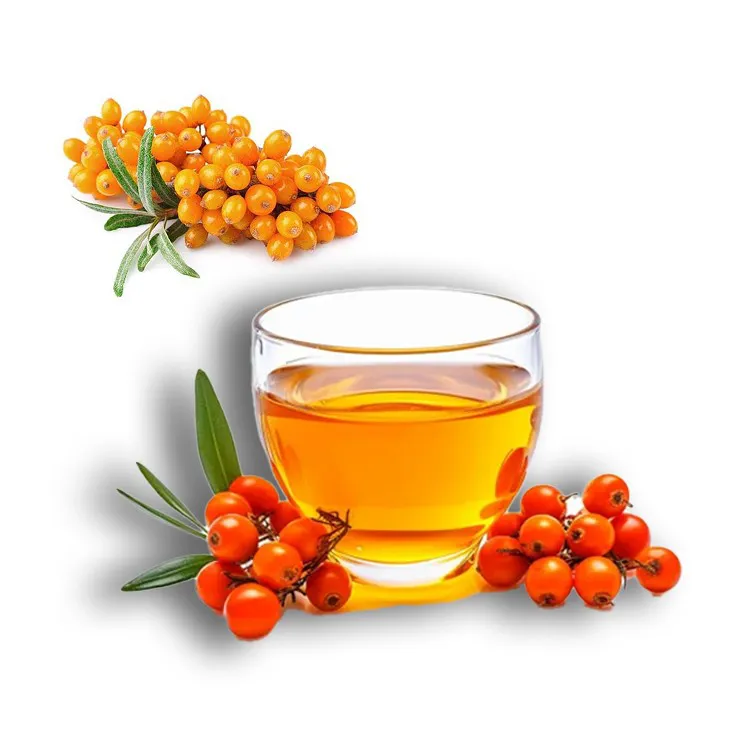- 0086-571-85302990
- sales@greenskybio.com
The Multifaceted Impact of Plant Extract Compounds: A Review of Current Research and Developments
2024-07-18
1. Introduction
Plant extract compounds have emerged as a topic of great interest in recent years. Their significance spans across multiple domains, including ecology, human health, and economic sectors. This review aims to provide a comprehensive understanding of the various impacts of plant extract compounds, based on the current research and developments in the field.
2. Ecological Significance
2.1 Plant - Plant Interactions
Allelopathy is one of the key aspects of plant - plant interactions mediated by plant extract compounds. Some plants release secondary metabolites through their roots, leaves, or other parts into the environment. These compounds can have either positive or negative effects on neighboring plants. For example, certain phenolic compounds released by some plants can inhibit the germination and growth of other plant species in their vicinity. This can be seen as a competitive strategy to gain more resources such as sunlight, water, and nutrients.
On the other hand, some plant extract compounds can also promote the growth of other plants. For instance, some mycorrhizal - associated plants secrete compounds that can enhance the symbiotic relationship between the plant roots and mycorrhizal fungi. This, in turn, can improve the nutrient uptake of both plants involved in the interaction.
2.2 Plant - Insect Interactions
Plant extract compounds play a crucial role in plant - insect interactions. Many plants produce allelochemicals as a defense mechanism against insect herbivores. These compounds can act as deterrents, making the plants less palatable to insects. For example, some plants produce alkaloids or terpenoids that have a bitter taste or toxic effects on insects.
Some plant extract compounds can also attract beneficial insects. For instance, certain flowers produce volatile compounds that attract pollinators such as bees and butterflies. These volatile compounds are often a complex mixture of plant extract compounds, which act as signals to guide the pollinators to the flowers for nectar collection, while at the same time achieving the purpose of pollination for the plants.
3. Health - Related Impacts on Humans
3.1 Preventive Aspects
A large number of plant extract compounds have shown potential in preventing various diseases. Antioxidants present in plant extracts are of particular importance. For example, flavonoids found in many fruits and vegetables can scavenge free radicals in the body. Free radicals are highly reactive molecules that can cause damage to cells, DNA, and proteins, and are associated with the development of chronic diseases such as cancer, cardiovascular diseases, and neurodegenerative diseases.
Phytosterols, another type of plant extract compound, can help in reducing cholesterol levels in the body. By competing with cholesterol for absorption in the intestine, phytosterols can lower the overall cholesterol level, thereby reducing the risk of heart disease.
Additionally, some plant extract compounds have immunomodulatory effects. They can enhance the function of the immune system, making the body more resistant to infections. For example, certain polysaccharides from medicinal plants can stimulate the production of immune cells such as macrophages and lymphocytes.
3.2 Curative Aspects
In the field of curative medicine, plant extract compounds have also made significant contributions. For example, the anti - inflammatory properties of many plant - derived compounds are well - known. Compounds such as Curcumin from turmeric have been shown to reduce inflammation in various tissues. Inflammatory conditions are associated with a wide range of diseases, including arthritis, inflammatory bowel diseases, and skin diseases.
Some plant extract compounds also have antimicrobial properties. They can be effective against bacteria, fungi, and viruses. For instance, essential oils from plants like tea tree oil contain compounds that have antibacterial and antifungal activities. These can be used topically to treat skin infections or added to products for maintaining oral hygiene.
In cancer treatment, some plant extract compounds are being investigated for their potential as chemotherapeutic agents or as adjuvants to traditional chemotherapy. For example, paclitaxel, originally derived from the bark of the Pacific yew tree, is a well - known anticancer drug.
4. Economic Implications
4.1 Pharmaceutical Industry
The pharmaceutical industry has been greatly influenced by plant extract compounds. Many drugs are either directly derived from plant extracts or are modeled after plant - derived compounds. The discovery and development of new drugs from plant sources have the potential to bring significant economic benefits. For example, the development of drugs like aspirin, which was originally derived from the bark of willow trees, has led to a multi - billion - dollar industry.
Moreover, the research and development of plant - based drugs often require less investment compared to synthetic drugs in the early stages. However, there are also challenges such as ensuring the sustainable supply of plant materials, standardizing the extraction processes, and conducting clinical trials to prove the efficacy and safety of plant - derived drugs.
4.2 Cosmetic Industry
Plant extract compounds are widely used in the cosmetic industry. They are valued for their various properties such as moisturizing, anti - aging, and skin - whitening effects. For example, aloe vera extract is commonly used in skincare products for its moisturizing and soothing properties.
Botanical oils such as argan oil are popular in haircare products due to their ability to nourish and repair damaged hair. The use of plant extract compounds in the cosmetic industry not only meets the consumers' demand for natural and effective products but also drives the growth of the industry. The global market for plant - based cosmetics has been growing steadily in recent years.
4.3 Food and Beverage Industry
In the food and beverage industry, plant extract compounds are used for flavoring, coloring, and as functional ingredients. For example, vanilla extract is widely used as a flavoring agent in various food products such as ice creams, cakes, and beverages.
Natural colorants derived from plant extracts, such as beetroot juice for red color and turmeric for yellow color, are becoming more popular as alternatives to synthetic food colorants due to their perceived safety and natural origin.
Additionally, some plant extract compounds are added to food products for their health - promoting properties. For example, Green Tea Extract is often added to functional beverages for its antioxidant properties.
5. Challenges and Future Directions
Despite the numerous potential benefits of plant extract compounds, there are several challenges that need to be addressed. One of the major challenges is the standardization of extraction methods. Different extraction techniques can lead to variations in the composition and quality of the plant extract compounds. This can affect their efficacy and safety in different applications.
Another challenge is the sustainable sourcing of plant materials. As the demand for plant extract compounds increases, there is a need to ensure that the plants are harvested in a sustainable manner to avoid over - exploitation and the depletion of plant species.
In terms of future directions, more research is needed to fully understand the mechanisms of action of plant extract compounds. This will help in the development of more effective products based on these compounds. Additionally, the exploration of new plant sources and the discovery of novel plant extract compounds are also areas of great potential for future research.
6. Conclusion
In conclusion, plant extract compounds have a multifaceted impact that extends across ecological, human health, and economic domains. Their significance in plant - plant and plant - insect interactions, their potential in preventing and curing human diseases, and their economic implications in various industries cannot be ignored. However, to fully realize the potential of these compounds, it is necessary to overcome the existing challenges through further research, standardization, and sustainable practices.
FAQ:
What are the main ecological roles of plant extract compounds?
Plant extract compounds play crucial ecological roles. In plant - plant interactions, they can be involved in allelopathy, where one plant releases certain compounds that can affect the growth, development, or survival of neighboring plants. In plant - insect interactions, some plant extract compounds can act as natural defenses. For example, they may repel insects, preventing them from feeding on the plants, or they may attract beneficial insects that can help in pollination or pest control.
How do plant extract compounds contribute to human health in terms of prevention?
Plant extract compounds contribute to human health prevention in multiple ways. Some compounds have antioxidant properties, which can help neutralize free radicals in the body. Free radicals are associated with various diseases and aging processes. Other compounds may boost the immune system, making the body more resistant to infections. Additionally, certain plant extract compounds are thought to have anti - inflammatory effects, which can help prevent chronic inflammatory diseases.
What are the curative effects of plant extract compounds on human diseases?
Plant extract compounds have shown curative effects on several human diseases. For example, some compounds have been studied for their potential in treating cancer. They may interfere with cancer cell growth, induce apoptosis (programmed cell death) in cancer cells, or prevent the spread of cancer. In the case of cardiovascular diseases, plant extract compounds may help in reducing blood pressure, improving blood lipid profiles, and preventing the formation of blood clots. There are also plant extract compounds that have been investigated for their anti - diabetic effects, such as improving insulin sensitivity and regulating blood sugar levels.
How do plant extract compounds impact different industries economically?
The economic implications of plant extract compounds in various industries are significant. In the pharmaceutical industry, they can be used as the basis for developing new drugs, which can lead to high - value products. In the cosmetic industry, plant extract compounds are often used in skincare and haircare products due to their beneficial properties for the skin and hair, increasing the market value of these products. In the food industry, they can be used as natural additives, such as preservatives, flavorings, or colorings, which can meet the increasing consumer demand for natural products and also contribute to the economic competitiveness of food products.
What are the challenges in researching and developing plant extract compounds?
There are several challenges in researching and developing plant extract compounds. One challenge is the complexity of plant extracts. They often contain a large number of different compounds, and it can be difficult to isolate and identify the active components. Another challenge is standardization. Ensuring consistent quality and potency of plant extract compounds is crucial for their commercial applications, but achieving this can be difficult due to factors such as plant variation, extraction methods, and environmental factors. Additionally, regulatory requirements for using plant extract compounds in different industries, especially in the pharmaceutical and food industries, can be strict and complex, which may pose challenges for research and development.
Related literature
- Plant Extracts in Cosmetics: From Traditional Use to Modern Science"
- "Plant Extracts and Their Bioactive Compounds: Potential Applications in Cardiovascular Health"
- "The Role of Plant Extract Compounds in Cancer Prevention and Treatment: A Comprehensive Review"
- ▶ Hesperidin
- ▶ Citrus Bioflavonoids
- ▶ Plant Extract
- ▶ lycopene
- ▶ Diosmin
- ▶ Grape seed extract
- ▶ Sea buckthorn Juice Powder
- ▶ Fruit Juice Powder
- ▶ Hops Extract
- ▶ Artichoke Extract
- ▶ Mushroom extract
- ▶ Astaxanthin
- ▶ Green Tea Extract
- ▶ Curcumin
- ▶ Horse Chestnut Extract
- ▶ Other Product
- ▶ Boswellia Serrata Extract
- ▶ Resveratrol
- ▶ Marigold Extract
- ▶ Grape Leaf Extract
- ▶ New Product
- ▶ Aminolevulinic acid
- ▶ Cranberry Extract
- ▶ Red Yeast Rice
- ▶ Red Wine Extract
-
Sophora Flavescens Root Extract
2024-07-18
-
Fenugreek Extract Powder
2024-07-18
-
Beetroot Powder
2024-07-18
-
Camu Camu Extract
2024-07-18
-
Clove Powder
2024-07-18
-
Europen Bilberry Extract
2024-07-18
-
Cassia Seed Extract
2024-07-18
-
Sophora Japonica Flower Extract
2024-07-18
-
Echinacea Extract
2024-07-18
-
Sea buckthorn oil
2024-07-18











